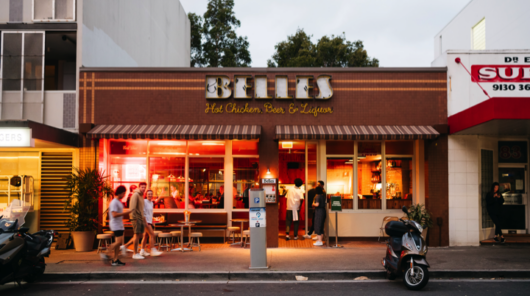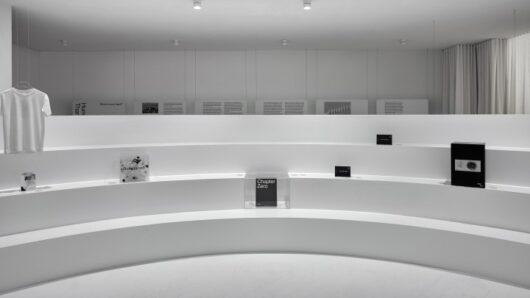The median gender pay gap in the retail trade sector is 7.1 per cent – significantly lower than the national industry-wide median of 19 per cent.
The majority of Australian employers engaged in retail trade have a policy for equal remuneration, according to Workplace Gender Equality Agency (WGEA) data.
Since the passage of the Workplace Gender Equality Act 2012, employers with 100 or more employees have been required to submit an annual report to the WGEA containing remuneration information.
However, it is only now that the reports of about 5000 private sector employers have been made publicly available.
According to the data, 64 per cent of retail employers have employer gender pay gap policy inclusions.
Of those, 79 per cent also have a policy for flexible work such as carer’s leave, compressed working weeks, flexible working hours, job sharing, part-time work, purchased leave, time-in-lieu, unpaid leave, and working from home.
However, while the figures for the overall retail sector were better than average, some apparel chains have significant gender pay gaps in total remuneration: City Chic at 57.4 per cent; Forever New at 51.3 per cent; Lorna Jane at 37.1 per cent, and Decjuba at 19.4 per cent, for example.
LVMH Fashion Group Australia’s gender pay gap stood at a negative 1.2 per cent and Carla Zampatti at a negative 19.8 per cent.
Major supermarket chains have minimal gender pay gaps, with Woolworths, Coles and Aldi at 5.7 per cent, 5.6 per cent, and 5.3 per cent, respectively.
“All employers should be aiming for a gender pay gap within +/-5 per cent. This range allows for normal business fluctuations and employee movements while signifying that an employer has a focus on identifying and addressing inequalities and is taking action to ensure there is gender equality throughout an organisation,” WGEA CEO Mary Wooldridge said.
“Particularly for those employers whose gender pay gaps are higher than their Industry peers, publication of the results is a catalyst for action and change.”






